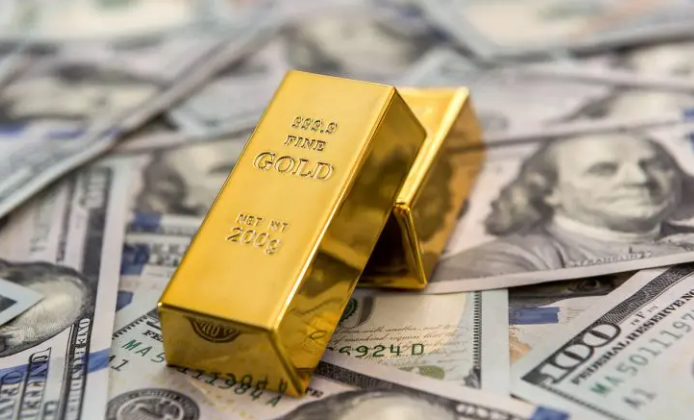Gold prices experienced a dramatic overnight spike, reaching an all-time high of $3,509.90 per ounce before retreating to around $3,450. This volatility reflects growing investor unease over political developments in the U.S. and ongoing global economic tensions.
The initial surge in gold prices was primarily triggered by U.S. President Donald Trump’s repeated public criticism and threats to remove Federal Reserve Chair Jerome Powell. This unprecedented political pressure on the Fed’s leadership has unsettled markets, raising concerns about the future direction of U.S. monetary policy and the stability of the dollar.
Investors traditionally turn to gold as a safe-haven asset during periods of economic and political uncertainty. With Trump’s aggressive tariff policies escalating trade tensions, especially between the U.S. and China, fears of a global economic slowdown have intensified. The weakening U.S. dollar, partly due to diminished confidence amid these political attacks on the Fed, further fueled demand for gold.
Rania Gule, a senior market analyst at XS.com, highlighted that the gold price rally is driven by “heightened demand for safe-haven assets as confidence in the U.S. dollar diminishes, combined with rising geopolitical and economic risks.” She noted that the surge reflects persistent recession anxieties within the U.S. and escalating political friction.
The gold price jump coincided with a sell-off in U.S. Treasury bonds, which saw yields on 10-year notes rise as prices fell. This inverse relationship underscores investors’ shifting preferences amid uncertainty. Meanwhile, major U.S. stock indices yesterday, the Dow, S&P 500, and Nasdaq Composite, experienced large declines, reflecting broader market volatility linked to the trade war and political developments.
On the global stage, the ongoing Sino-U.S. trade conflict continues to weigh heavily on market sentiment. China’s warnings against countries entering economic deals with the U.S. that might harm its interests add to geopolitical tensions. Additionally, conflict flare-ups between Russia and Ukraine have contributed to the safe-haven appeal of gold.
In Canada the increase in gold prices boosted gold mining stocks on the Toronto Stock Exchange and provided some uplift to the broader Canadian stock market, despite the Bank of Canada’s decision to maintain its benchmark interest rate at 2.75%. The Bank of Canada has expressed concerns that the U.S. tariff war could lead to higher inflation or even a recession in Canada, reinforcing gold’s role as a protective investment. Central banks globally are also increasing gold purchases, adding further support to prices.
Market analysts suggest that while gold’s near-term technical indicators show overbought conditions, the metal could test the $3,500 per ounce level again if geopolitical and economic uncertainties persist. The combination of trade tensions, political instability in the U.S., and central bank buying creates a supportive environment for gold as a store of value.
Gold’s overnight price surge to $3,509.90 per ounce, followed by a pullback to the $3,450 range, is a direct response to escalating political pressure on the U.S. Federal Reserve, ongoing trade conflicts, and a weakening dollar. These factors have amplified demand for gold as a safe haven amid fears of recession and market instability.

